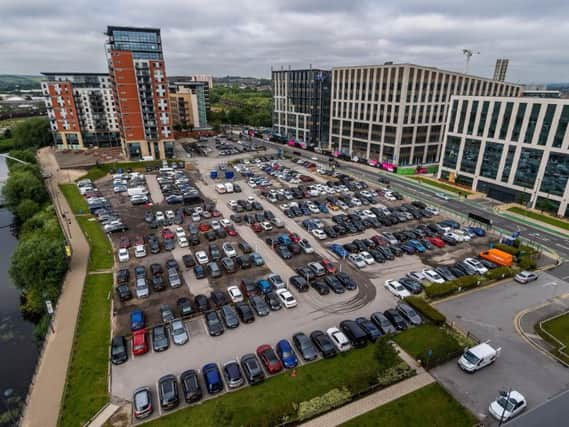John Davies: Why it's vital that we unlock the potential of our brownfield sites


It is vital that cities make full use of available brownfield sites in the continuing procession of reinvention. Brownfield sites tend to be more central than greenfield spaces, placing fresh developments firmly at a city’s heart.
Local government bodies increasingly favour brownfield development over greenfield. Indeed, many are prioritising these schemes by actively trying to prevent the destruction of valuable open spaces in areas close to brownfield sites that have planning permission, but where building work has not started.
Advertisement
Hide AdAdvertisement
Hide AdIn my position at Rhodar, one of the UK’s leading remediation, asbestos removal and demolition companies, I have seen how regeneration of brownfield sites can be used to build innovative architecture in prime locations where a bold change of use is desired.
As a city region, Leeds is a pioneer of this process, having virtually reinvented itself over the last 20 or 30 years, working out in all directions from its once tired and unattractive waterfront.
Here, derelict warehouses and run-down factories were transformed into a thriving, attractive commercial, leisure and residential centre – creating thousands of jobs and a modern urban environment in the process.
The Wellington Street and Whitehall Road area of the city has been totally transformed in recent years. For decades it was in gradual decline but is now unrecognisable, regenerated and reinvented with sleek new office blocks housing many big name businesses.
Advertisement
Hide AdAdvertisement
Hide AdThe latest example is the £350m South Bank project, which has been hailed as the biggest change to Leeds in 100 years and will create a new city park, employment space and homes.
Transforming sites like this into residential buildings, hotels, co-working spaces and a variety of new restaurants, shops and places to visit will reconnect local communities to their city centre. It is also expected to create up to 35,000 new jobs and 4,000 much needed new homes.
Nevertheless, a misconception remains that untouched greenfield sites are more attractive to investors and developers as they are cheaper and easier to develop.
With no need for reclaiming or remediating the land, it is argued that the costs of working brownfields outweighs the potential return.
Advertisement
Hide AdAdvertisement
Hide AdIn my experience, this is simply not the case. Indeed, it has been proven that building on brownfield sites in general speeds up the rates of development while minimising the unnecessary loss of scenic and ecologically important green spaces.
Many more regeneration projects should be built on brownfield sites – particularly in the Leeds city region, where there is enough of such land to build on.
John Davies is a remediation director at Rhodar.